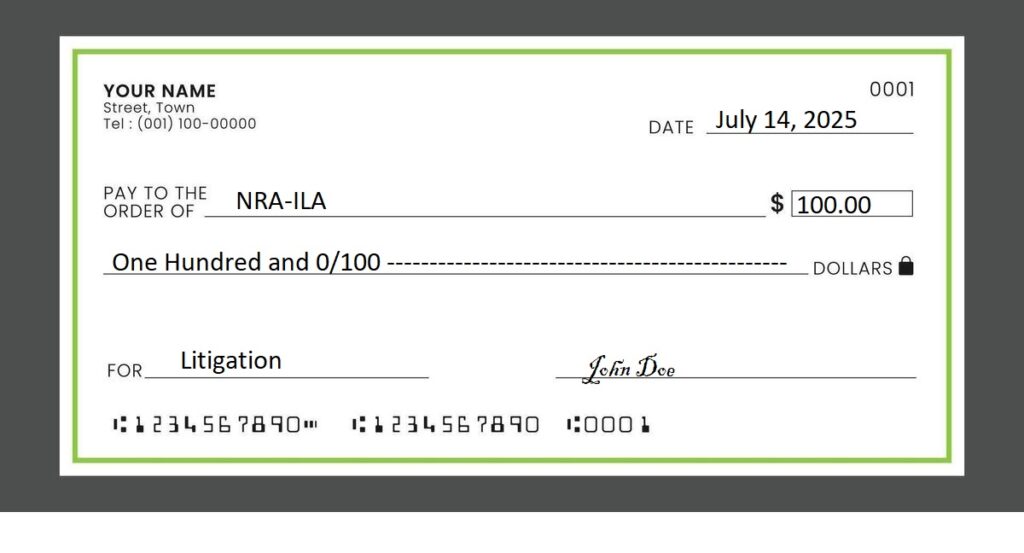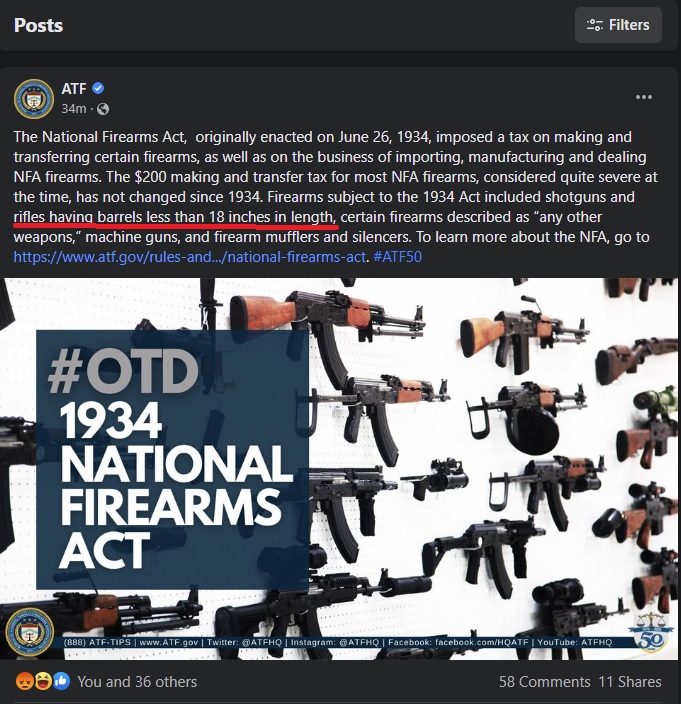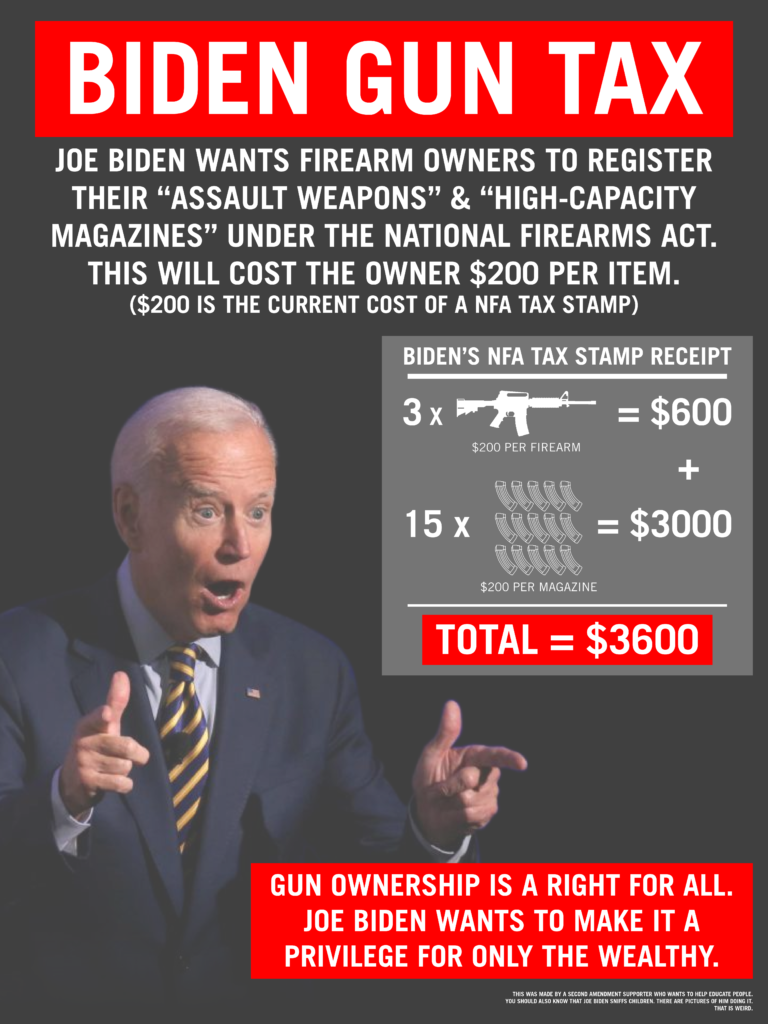I have watched for years how other Second Amendment organizations would use postings about court filings or letter writing campaigns to not only advance gun rights but also to fund raise. Tying information about a new court case such as the joint effort to get rid of the NFA with a request for donations to help support the litigation seems like a smart marketing move. It is not only an ask but it is an ask for a specific purpose that donors will want to see succeed.
It has bugged me that the NRA has not done something similar in recent years. I started bugging John Commerford, Executive Director of NRA-ILA, about this and he responded positively. It may only be a trial but it is one that I really would like to see work.
Thus, if you want to see the National Firearms Act as it relates to suppressors, any other weapons, and short barreled rifles and shotguns be found invalid, you need to step up and help support this litigation. I don’t care if it is $5 or $500 as it all helps. The government has all the money in the world to fight our lawsuit. In other words, your tax monies! Our side only has what the NRA, the Second Amendment Foundation, the Firearms Policy Coalition, and the American Suppressor Association can raise to fund it.
The appeal below is a start and one I’d like to see used by the NRA and NRA-ILA again and again. Please help it succeed by donating.
 NRA IS FIGHTING TO DISMANTLE THE NATIONAL FIREARMS ACT STAND AND FIGHT WITH NRA-ILA Here’s the great news… On July 4th, President Donald Trump signed the “One Big Beautiful Bill Act,” which included a critical provision eliminating the unconstitutional and punitive $200 tax on suppressors, short-barreled firearms, and “any other weapons” as defined under the National Firearms Act (NFA). With the stroke of a pen, President Trump delivered the biggest blow to the NFA since its inception nearly 100 years ago. Now, here’s the even better news… NRA is using this victory as a springboard to get rid of the NFA forever. On Friday, NRA proudly joined forces with other pro-Second Amendment organizations to file a strategic lawsuit challenging the constitutionality of the NFA. Through this lawsuit, NRA and our allies are fighting to eliminate the NFA’s unconstitutional registration scheme once and for all. John, can we count on you to support this crucial effort – and all of our efforts to defend the gun rights of every law-abiding American? Will you chip in with a contribution of $25, $37, $50, $100, or more? SUPPORT NRA-ILA Or, if you’re able, will you consider becoming a monthly donor as part of our NRA-ILA Partner in Freedom program? Whether you choose to make a one-time contribution or sign up as a monthly donor, please know I’m grateful for your help. The strength we need to FIGHT and WIN can only come from you. We depend on NRA members like you chipping in whatever you can, whenever you can to help fund all of our crucial advocacy efforts. Thank you, in advance, for your commitment and generosity. I’m thankful beyond words for your NRA-ILA leadership at this critical moment in Second Amendment history. Yours in Freedom,  John Commerford Executive Director STAND AND FIGHT WITH NRA-ILA National Rifle Association • Institute for Legislative Action 11250 Waples Mill Road, Fairfax, VA 22030 |




